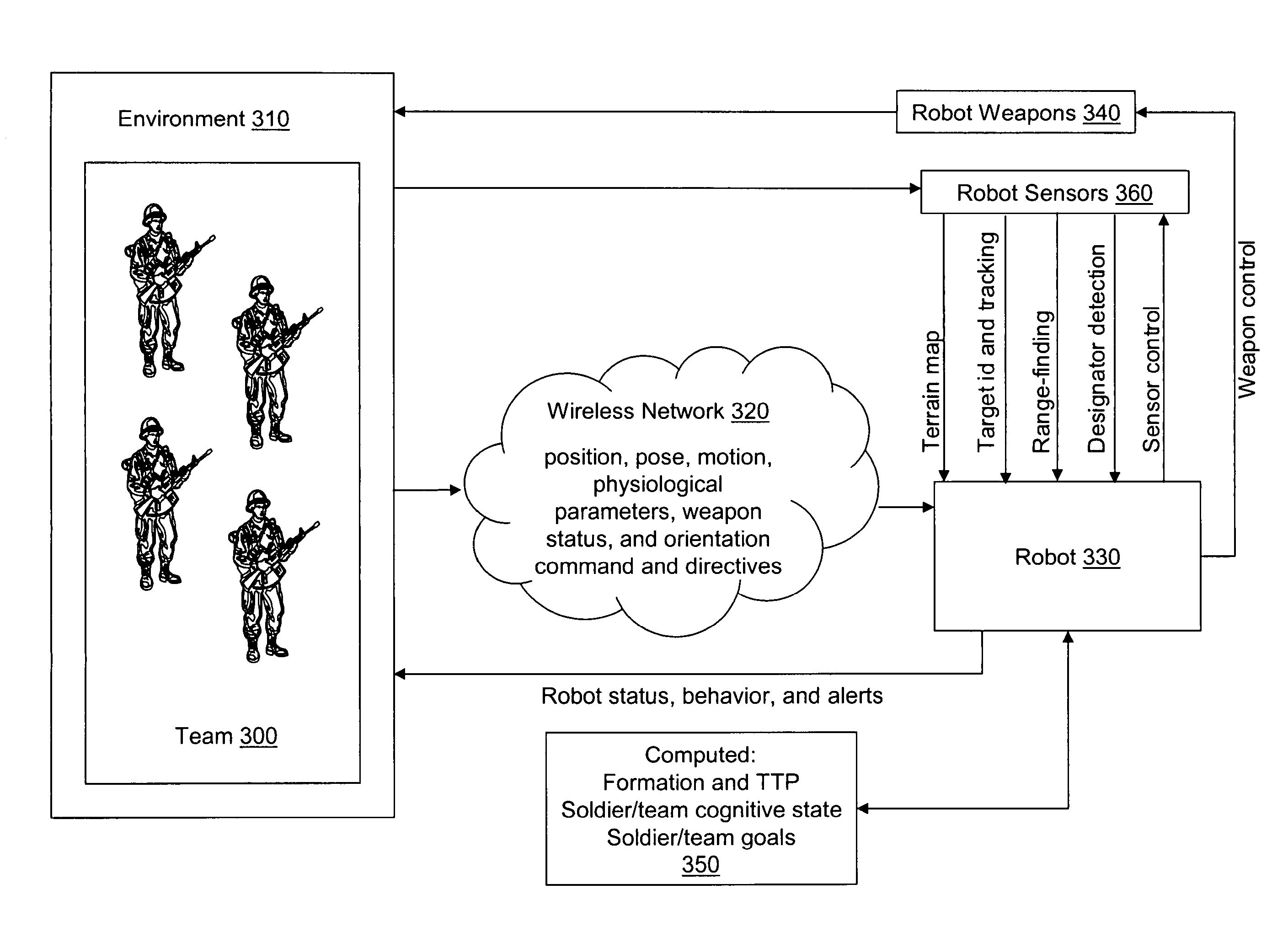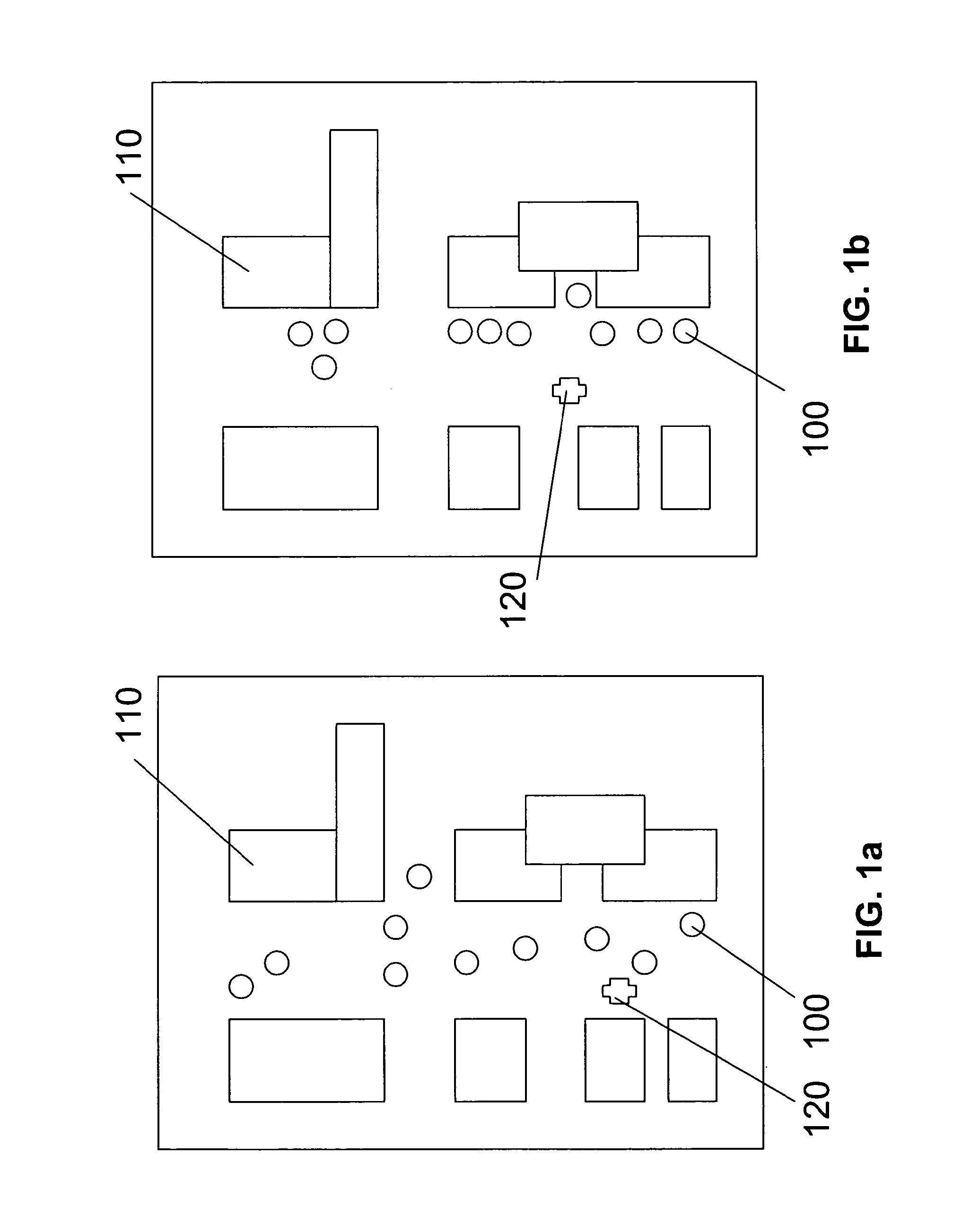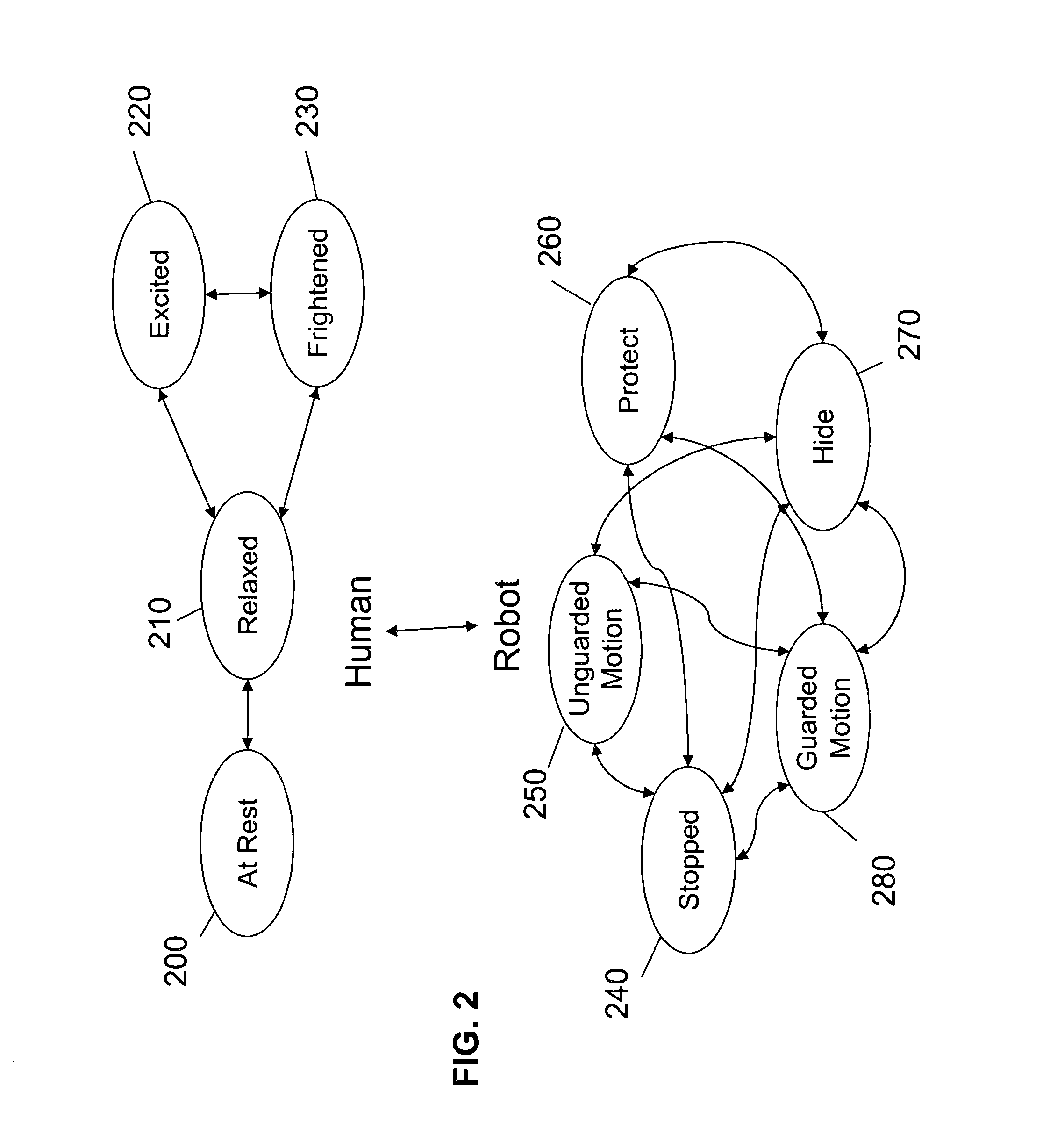Methods and Systems for An Autonomous Robotic Platform
a robotic platform and autonomous technology, applied in the direction of electric programme control, program control, instruments, etc., can solve the problems of low-cost, conventional operator control of robotic platforms, and operation in line-of-sight, and achieve the effect of low-cos
- Summary
- Abstract
- Description
- Claims
- Application Information
AI Technical Summary
Benefits of technology
Problems solved by technology
Method used
Image
Examples
Embodiment Construction
[0039]Reference will now be made in detail to the preferred embodiments of the present invention, examples of which are illustrated in the accompanying drawings.
[0040]The systems and methods described herein can enable robotic platforms to perform appropriate behavior without overt human control. Control of robot platforms occurs without bulky and expensive OCUs. Robots can learn tactics and appropriate behavior from humans. Robots can continue to operate when all humans are distracted or cognitively overloaded. Robots can learn from training (much like humans do), and robots can fully interact with and support human teams. As compared to conventional systems that typically control an unmanned or robotic vehicle through an OCU, the systems and methods described herein can observe a human and / or team behavior and decide appropriate actions without direct tasking from humans. By understanding an individual's or a team's reaction to a situation, rather than understanding the entire env...
PUM
 Login to View More
Login to View More Abstract
Description
Claims
Application Information
 Login to View More
Login to View More - R&D
- Intellectual Property
- Life Sciences
- Materials
- Tech Scout
- Unparalleled Data Quality
- Higher Quality Content
- 60% Fewer Hallucinations
Browse by: Latest US Patents, China's latest patents, Technical Efficacy Thesaurus, Application Domain, Technology Topic, Popular Technical Reports.
© 2025 PatSnap. All rights reserved.Legal|Privacy policy|Modern Slavery Act Transparency Statement|Sitemap|About US| Contact US: help@patsnap.com



